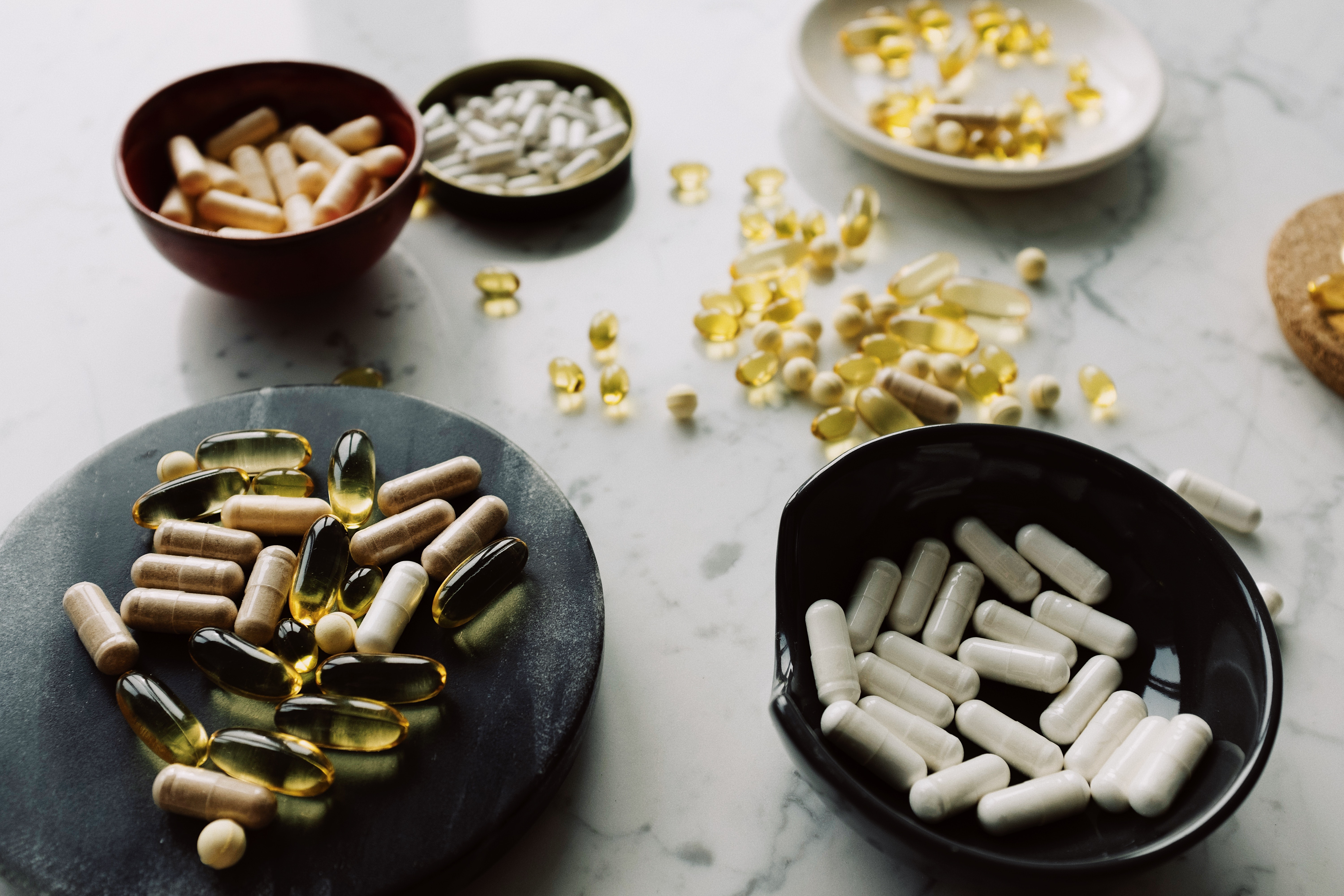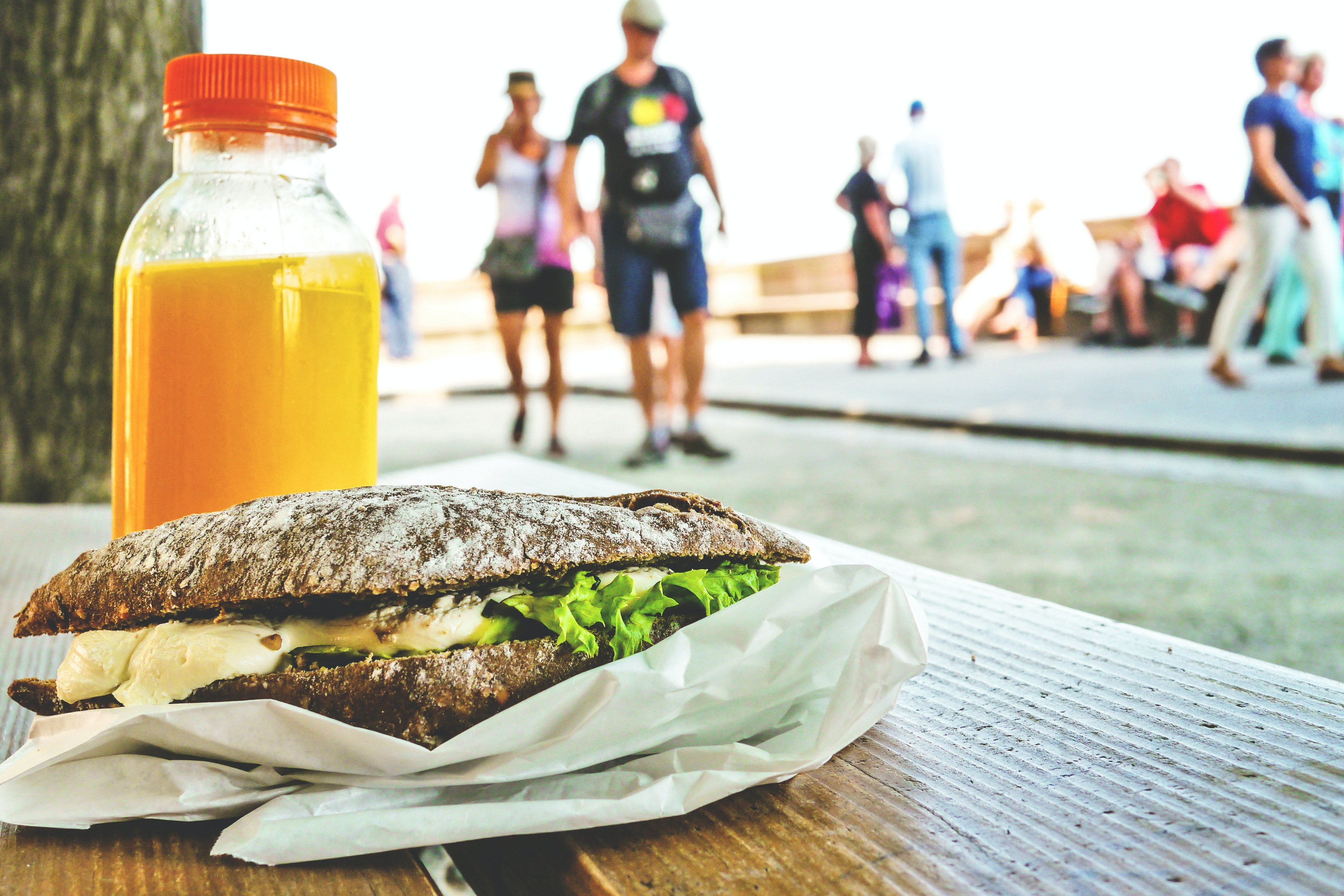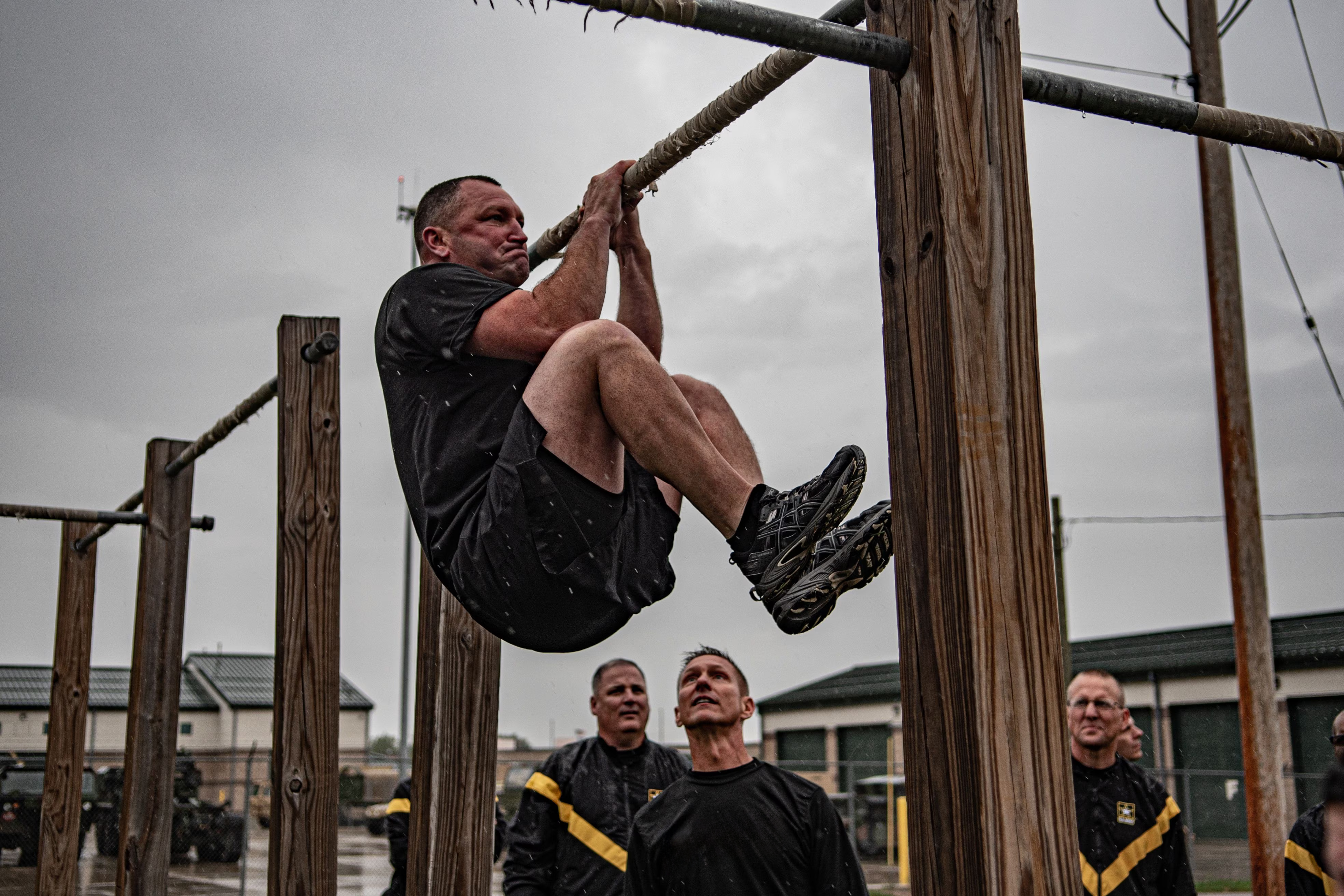
Injuries are an inevitable part of athletics. From a mild sprained ankle to invasive shoulder surgery, recovering from these injuries quickly while minimizing fitness loss is a common goal among athletes. There are many strategies to help alleviate the detrimental effects of injury including rehabilitation exercises, rest and, what we will be discussing in this post, nutrition. This often-overlooked factor in the recovery process is important in maintaining muscle mass and overall health throughout the length of the injury and recovery processes. It’s widely known that a well maintained diet is vital to fuel an athlete and provide them with the energy for elite performance, however how does this plan change when an injury occurs? And how can altering one’s diet speed up recovery? This post will take a look at these questions and provide insight on nutrition’s role in injury recovery.
Injury and Limb Immobilization--What’s happening?
Many common sports injuries require immobilization for recovery. This could be the prescription of a walking boot for a lower leg stress fracture, or a sling after the common swimmer shoulder surgery. Whatever your injury, this decrease in limb activity will result in a loss of muscle mass and strength. Based on multiple studies, skeletal muscle loss occurs at .5% per day resulting in 1kg loss of muscle in a week. Furthermore, additional studies have shown that with prolonged disuse (more than 10 days) there is a reduction of muscle protein synthesis. Muscle metabolism is also impaired after injury as muscle mitochondrial function is impaired and insulin sensitivity declines due to inactivity. These biological changes make recovery a difficult and lengthy process, but now let’s look into how we can alter our diet to help promote recovery.
Nutritional strategies to aid injury recovery.
Look at your energy intake.
A severe athletic injury can dramatically decrease an athlete’s appetite due to a reduction in physical activity. Maintaining healthy dietary choices becomes vital in recovery. Specifically, it is important to assess your energy intake and energy output as your exercise regimen has lessoned due to injury. While reducing caloric intake, whether due to a lack of appetite or through conscious choice (which may be important to prevent unwanted weight gain), it is important to recognize that the healing process is taxing on the body and requires energy. So while overall expenditure may still have lessoned with inactivity, it might not be as low as an athlete thinks. It is key to make sure the body has energy to fuel the healing process and get you back on the field, court, track or in the pool.
Protein consumption.
Along with energy intake, it is important to monitor your protein consumption when recovering from an injury. Devoting a larger portion of your nutrition to protein consumption while keeping your overall caloric intake the same can help reduce muscle mass loss during periods of disuse, making for a faster recovery from injury.
Final Thoughts.
Finding a way to minimize the impact of injury and encourage recovery is a common goal among elite athletes. In addition to rehabilitation exercises, nutrition is an important and often overlooked strategy to enhance recovery. It is important to maintain the necessary energy consumption to support healing, which can increase energy expenditure upwards of 20%. Maintaining a healthy diet is a simple and easy way to help you on the road to recovery, to get you back to 100% strength and ready to perform at your highest level.
References:
- Tipton, Kevin D. and LJC van Loon. Dietary Strategies to Attenuate Muscle Loss during Recovery from Injury. Nutritional Coaching Strategy to Modulate Training Efficiency. Nestlé Nutr Inst Workshop Ser, vol 75, pp 51–61.
- Wall, Benjamin and Luc JC van Loon. Nutritional strategies to attenuate muscle disuse atrophy. Nutrition Reviews Vol 71 (4): 195-208.







